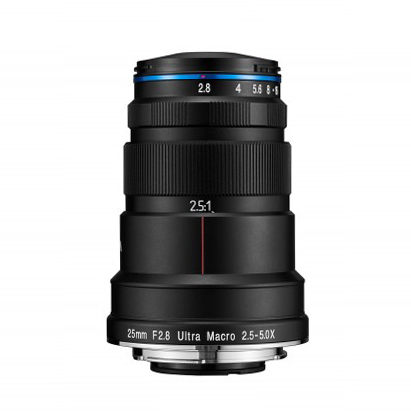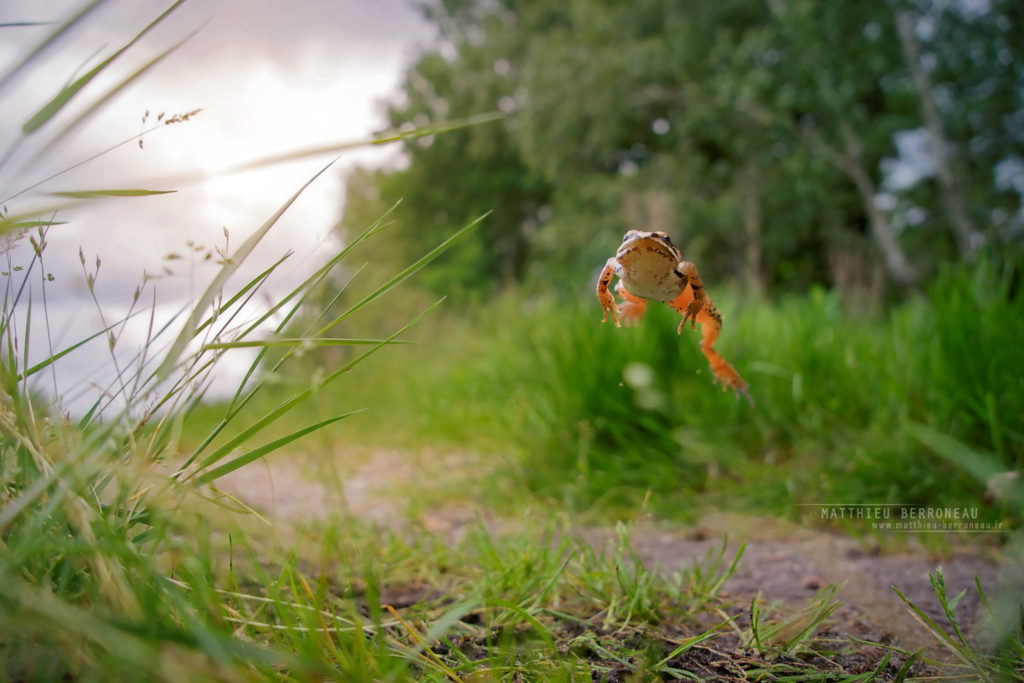

Après quelques années de réflexion, je me lance ! Je vais proposer, durant le printemps 2021, un stage photo sur trois jours. L’idée, c’est transmettre mon menu savoir aux jeunes (et moins jeunes!) motivés par la photographie animalière, et notamment par la photographie des amphibiens et des reptiles.
After a few years of thinking, I am launching a three-day photography training during the spring of 2021. The idea is to pass my knowledge to young people (and not so young!) motivated by animal photography, and in particular by photography of amphibians and reptiles.
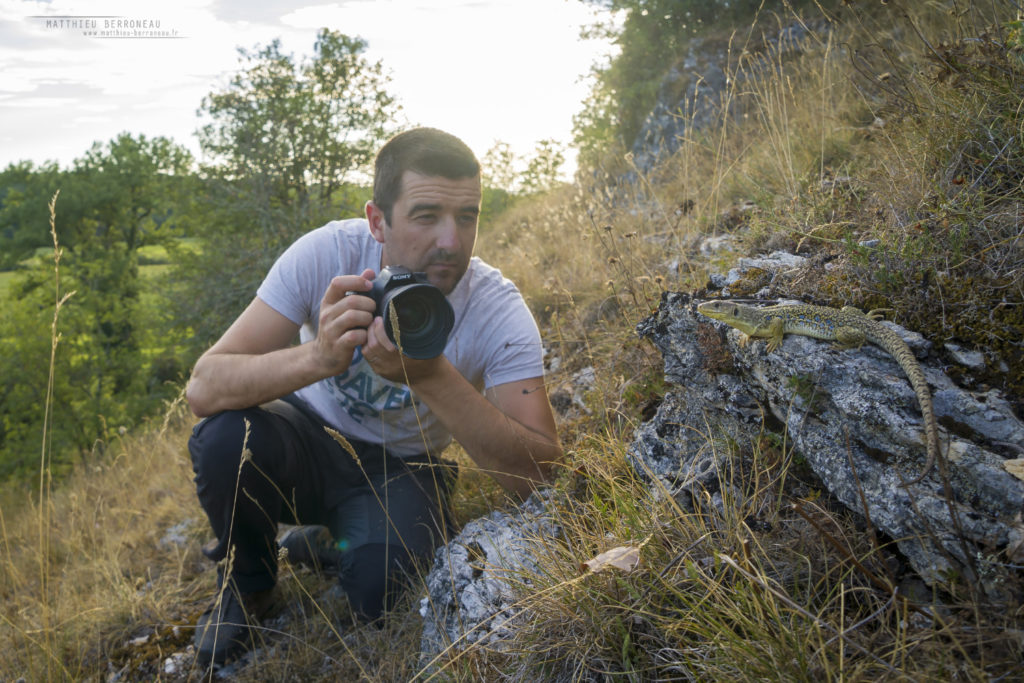
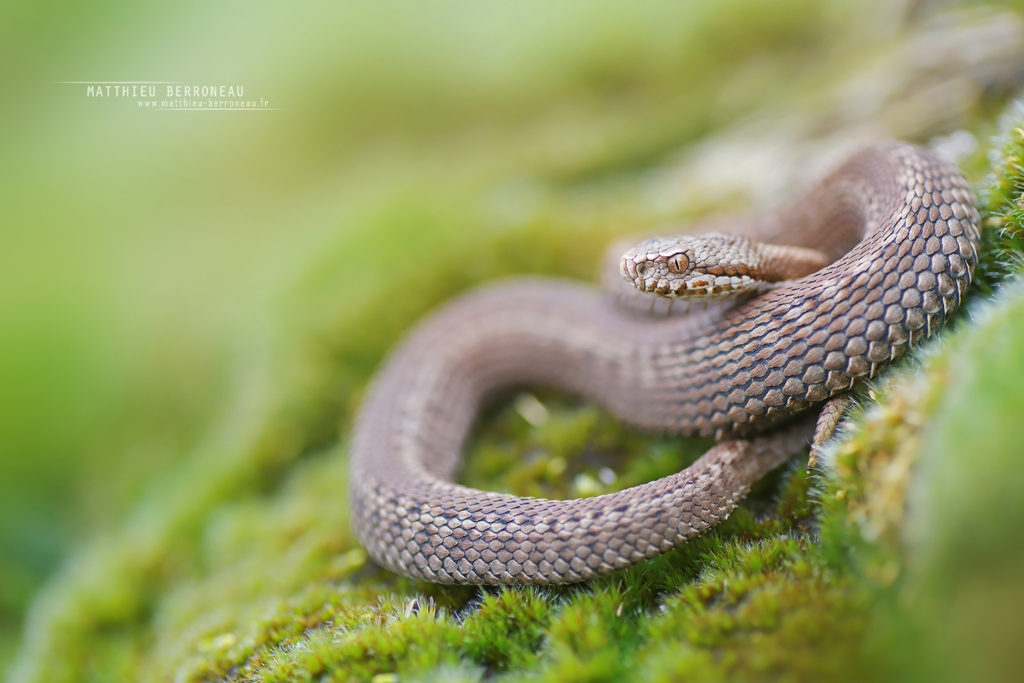
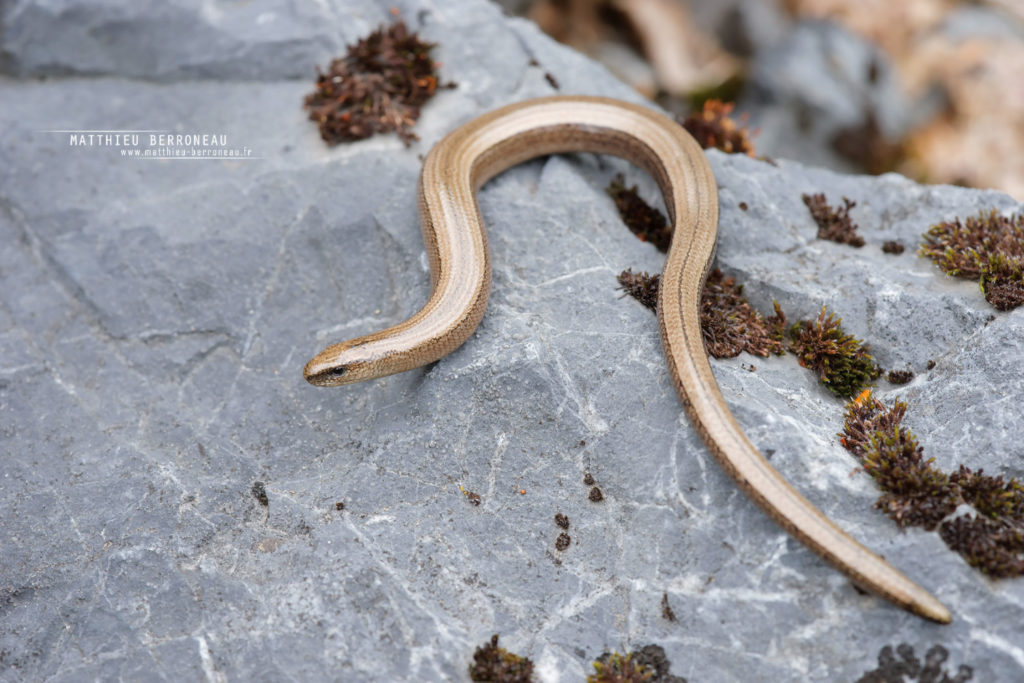
L’Orvet fragile Anguis fragilis présente une répartition européenne relativement large, essentiellement centrée sur sa moitié ouest. Il est présent en Grande-Bretagne, en Espagne (moitié nord uniquement), en France, dans le Benelux, en Allemagne… Des travaux génétiques récents ont élevés au rang d’espèces les populations italiennes (l’Orvet italien, Anguis veronensis, qui empiète sur l’extrême sud-est de la France) et les populations d’Europe de l’Est (Anguis colchica, Anguis graeca). Très commun dans le nord de la France, il est plus rare en zone méditerranéenne, et dans la plaine du sud-ouest, et carrément absent de Corse.
The Slow worm Anguis fragilis has a relatively wide european distribution, mainly centered on its western half. It is present in Great Britain, Spain (northern half only), France, Benelux, Germany… Recent genetic work has elevated the italian populations to the rank of species (the Italian Slow worm, Anguis veronensis, which encroaches on the extreme south-east of France) and the populations of Eastern Europe (Anguis colchica, Anguis graeca). Very common in the north of France, it is rarer in the Mediterranean area, and in the southwestern plain, and totally absent from Corsica. (suite…)
As promised, here are the results of the vote!
The asp viper and its incredible color variations always surprise us. The votes were relatively tight and all the individuals found takers!
The results of the votes were based on 1173 reactions (like, comment, etc.) weighted by a system of coefficients.
Preferences seem to go towards clear but very contrasting animals. Conversely, the most united forms are neglected. I let you analyze the results yourself …
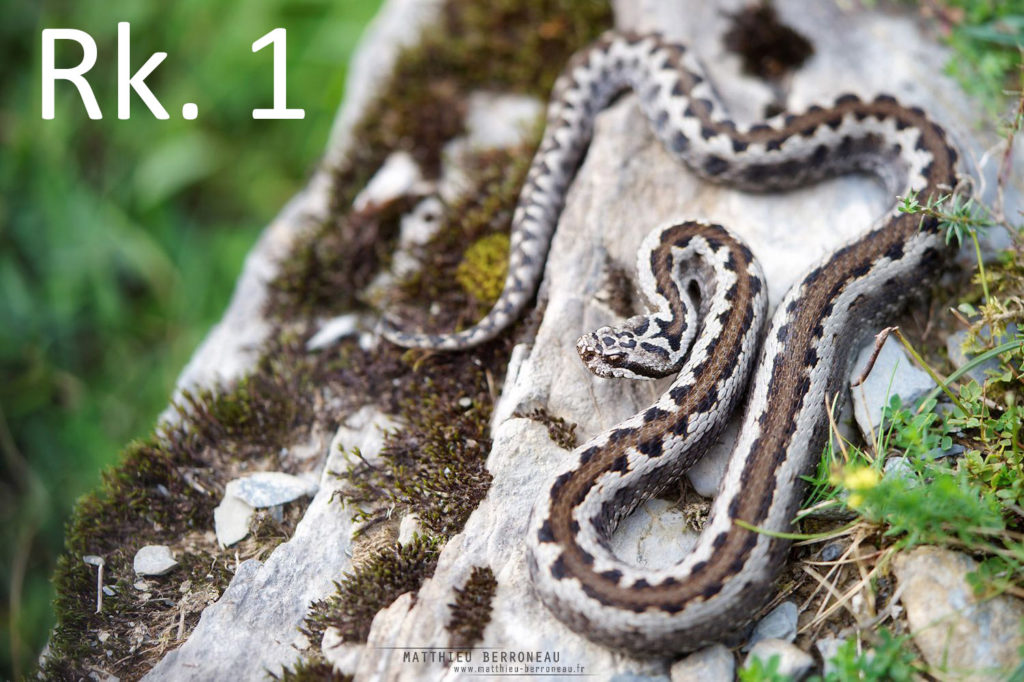
Tous les goûts sont dans la nature. J’aimerai faire un petit test, pour savoir quelle est, selon vous, la plus belle vipère de cette sélection. La vipère aspic est un des serpents les plus variables au monde, et je pense que le résultat pourrait être intéressant ! Merci de voter en commentaire sur votre candidat préféré)…
Everyone has different tastes. I would like to make a small test, to know which is, according to you, the most beautiful viper of this selection. The asp viper is one of the most variable snakes in the world, and I think the result could be interesting! Please vote in comment on your favorite candidate.
01
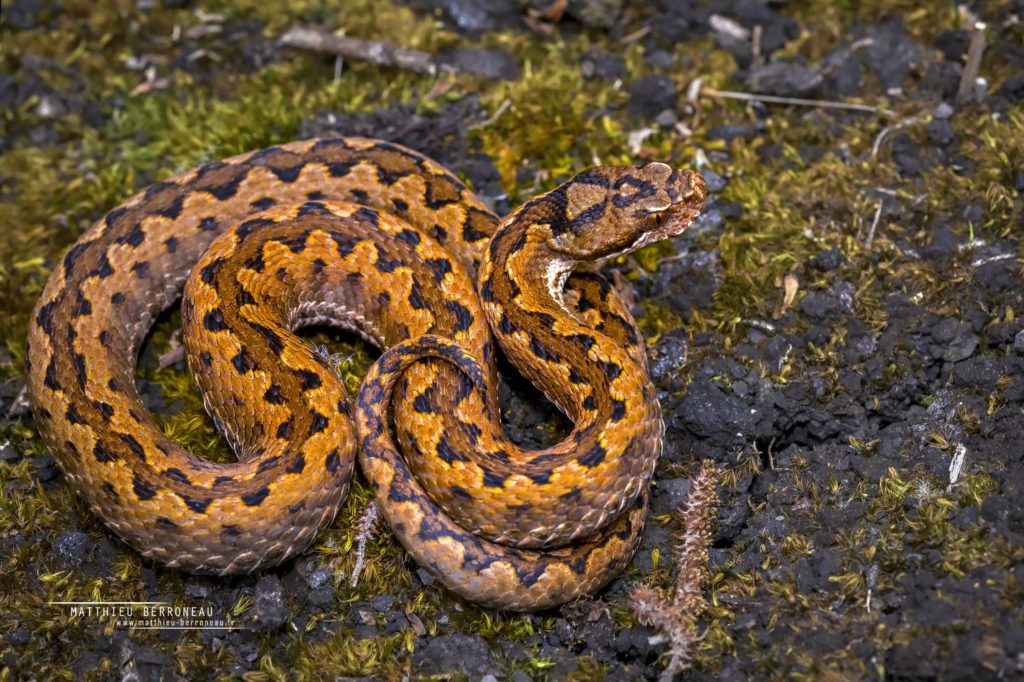
02
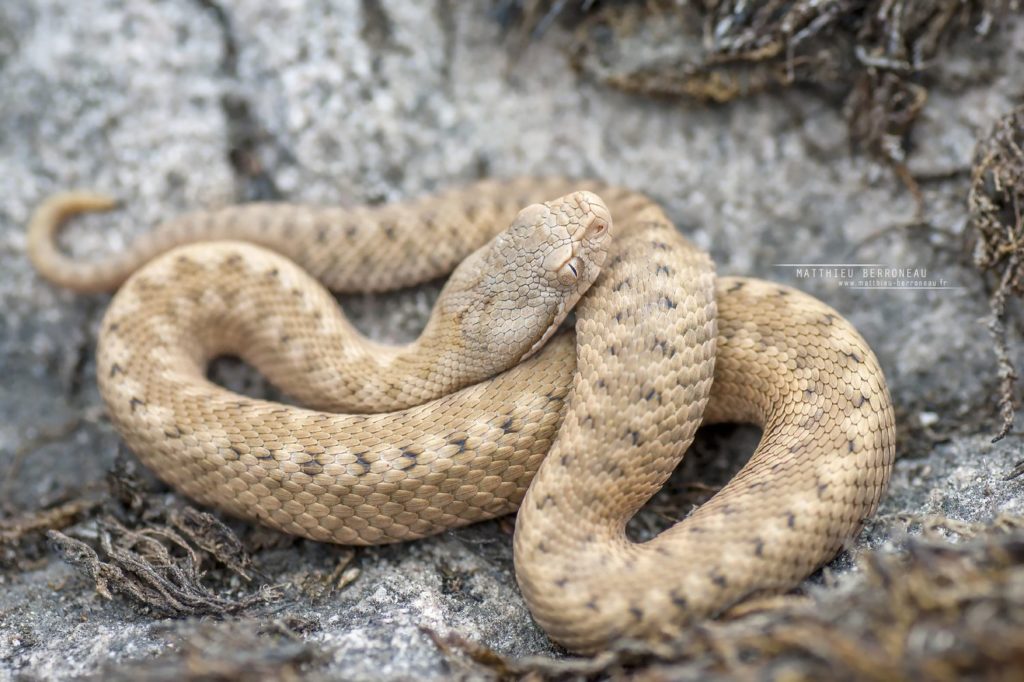
03
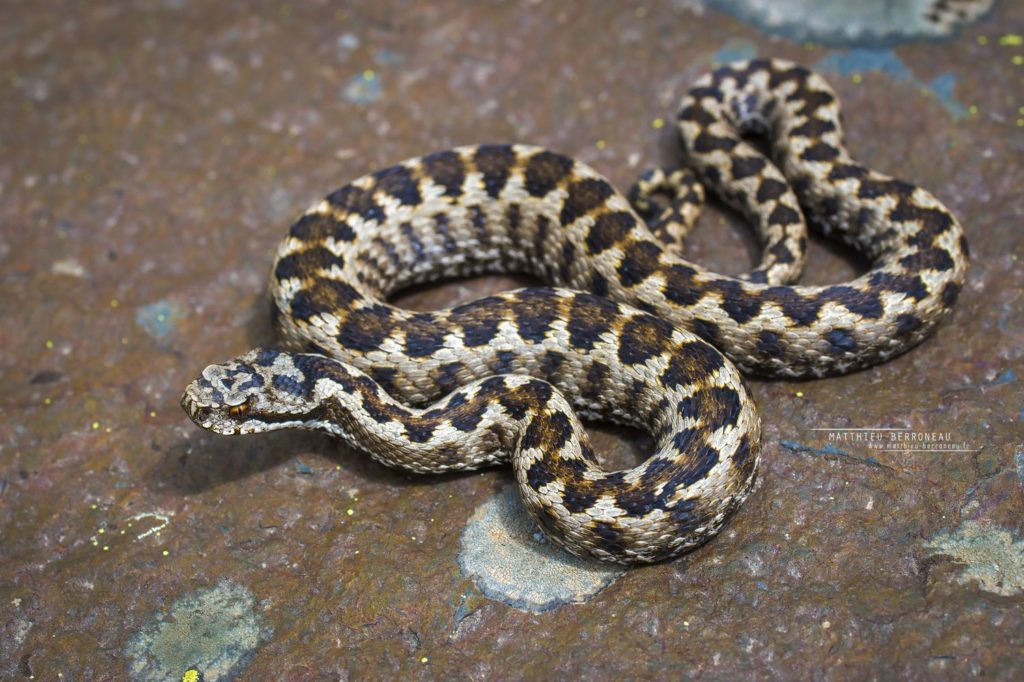
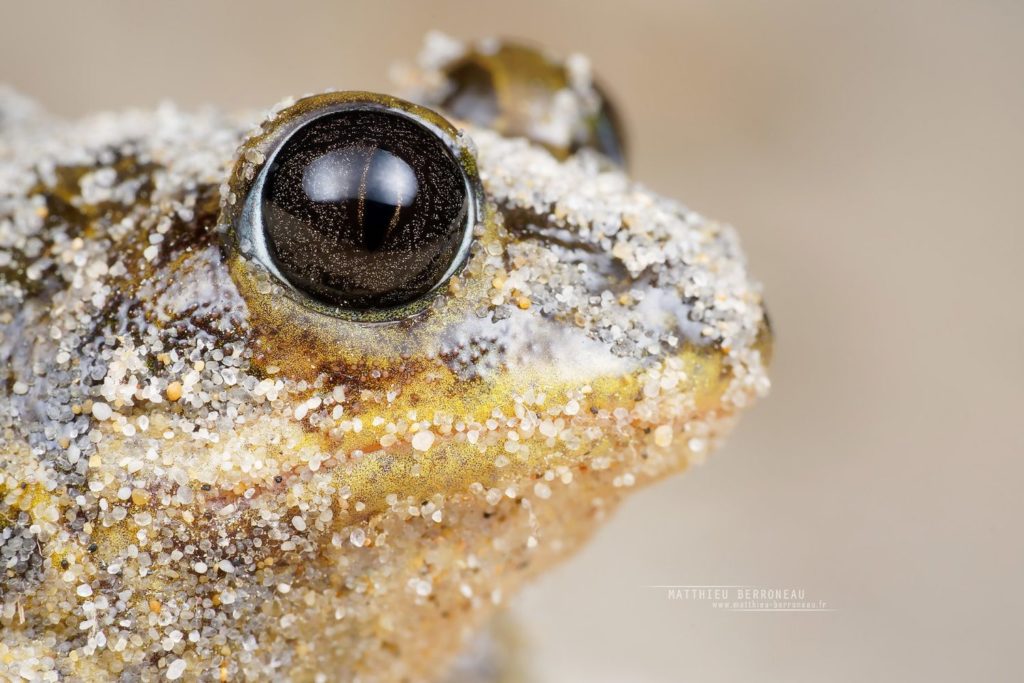
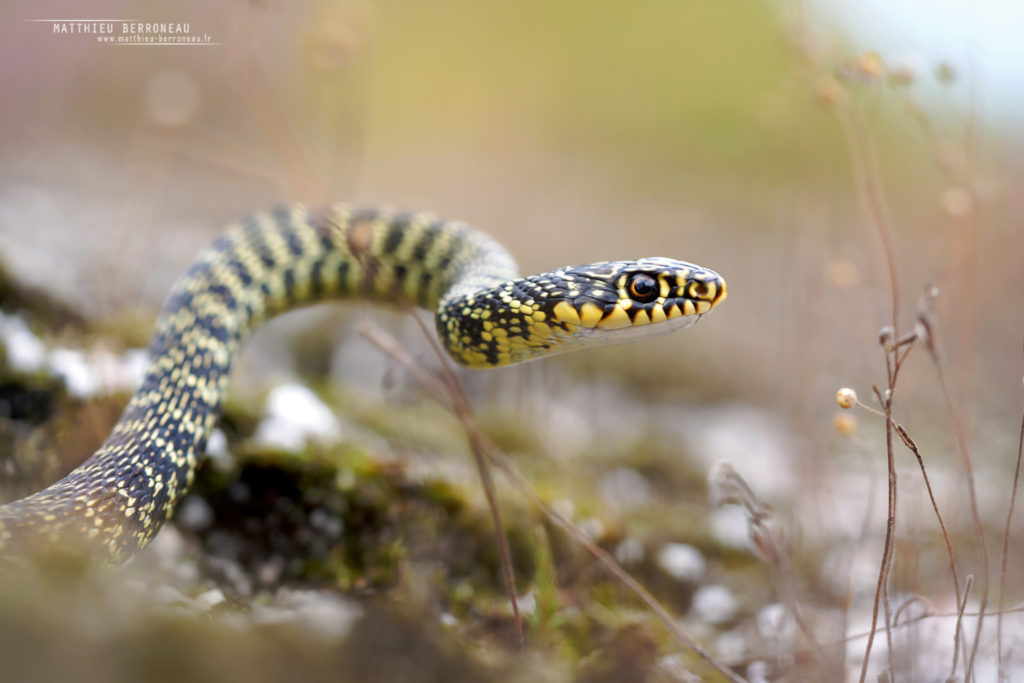
Enfin !
En cette période de confinement, j’ai enfin trouvé du temps pour une mise à jour très importante de mon site internet. On me demande très fréquemment : est-ce que tu as telle espèce en photo ? Et celle-ci ?
Je me suis donc attelé à la lourde tâche de lister de façon quasi-exhaustive ma photothèque sur une page dédiée de mon site ! Une photothèque divisée en plusieurs parties : Serpents – Lézards – Autres reptiles – Anoures – Autres amphibiens – Mammifères. Il va manquer évidemment tout le reste… mais ce serait trop long, et je propose une autre solution pour ça.
Finally !
In this period of confinement, I finally found time for a very important update of my website. I am asked very frequently: do you have such a species in the photo? And this one?
So I got down to the heavy task of listing my photo library almost exhaustively on a dedicated page of my site! A photo library divided into several parts: Snakes – Lizards – Other reptiles – Anurans – Other amphibians – Mammals. It will obviously miss everything else … but it would be too long, and I propose another solution for that.
– Lien vers la photothèque – Photo library link –
J’étais, depuis quelques temps déjà, désireux de m’équiper d’un objectif macro à fort grossissement, dépassant le rapport 1:1 de mon Sony 90 f2.8 macro. Le confinement a fini par me convaincre de franchir le pas. Le principal projet est de réaliser des plans très serrés de mes cibles préférées, les amphibiens et les reptiles. Des plans rares voire inexistants chez ces espèces. Et je souhaite également diversifier mes sujets, et me pencher sur la très petite faune. Après par mal de recherches, j’ai jeté mon dévolu sur cet objectif tout à fait particulier, permettant d’atteindre le rapport 5:1. Tout de même !
Review of Laowa 25 mm f/2.8 Ultra-Macro 2.5-5x – Change of scale
I was eager to take a new macro lens with high magnification, exceeding the 1: 1 ratio of my Sony 90 f2.8 macro. Confinement linked to the health crisis convinced me to take the plunge. The main project is to make very close shots of my favorite subjects, amphibians and reptiles: this kind of pictures of these subjects are rare or even non-existent. And I also wanted to diversify my work, and aiming for the very small fauna. After a lot of research, I set my sights on this very specific objective, allowing to reach the 5: 1 ratio!
